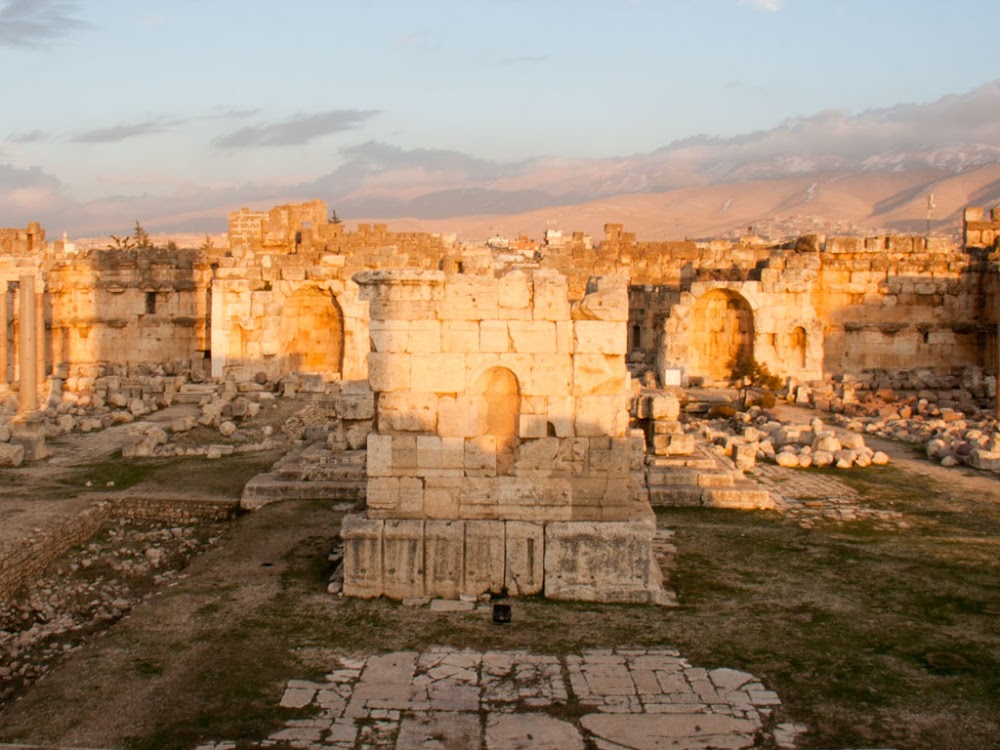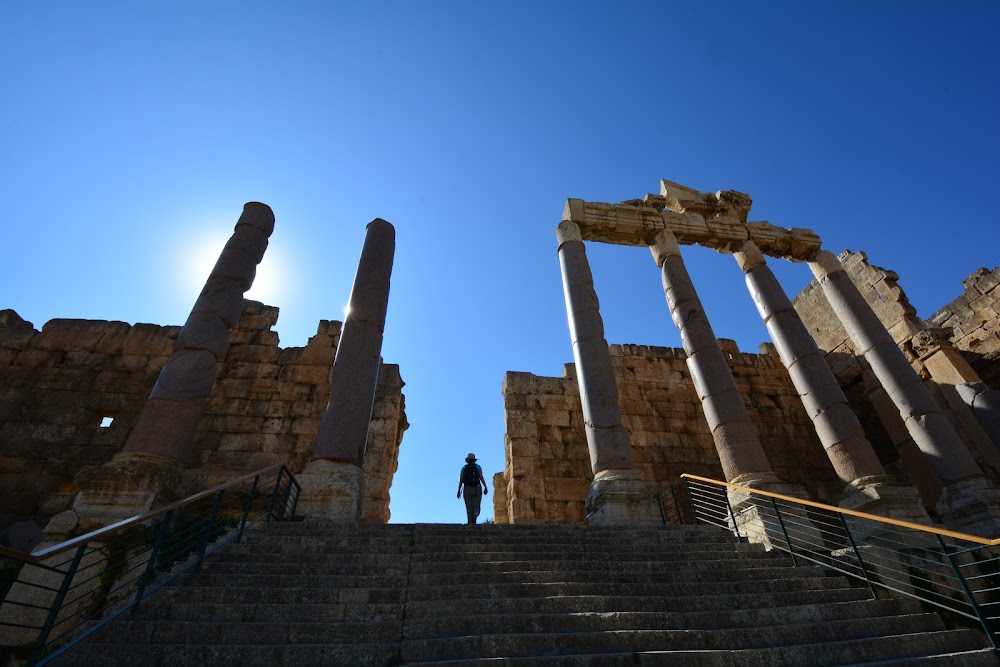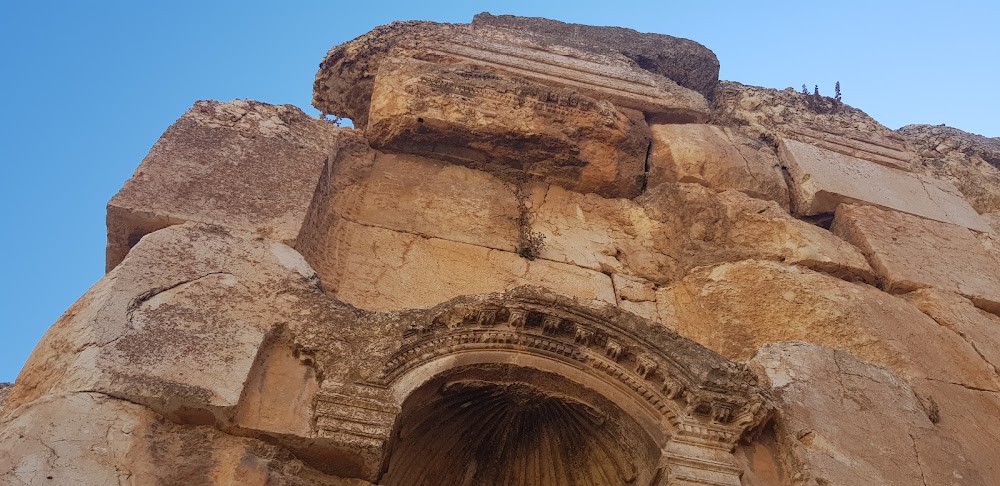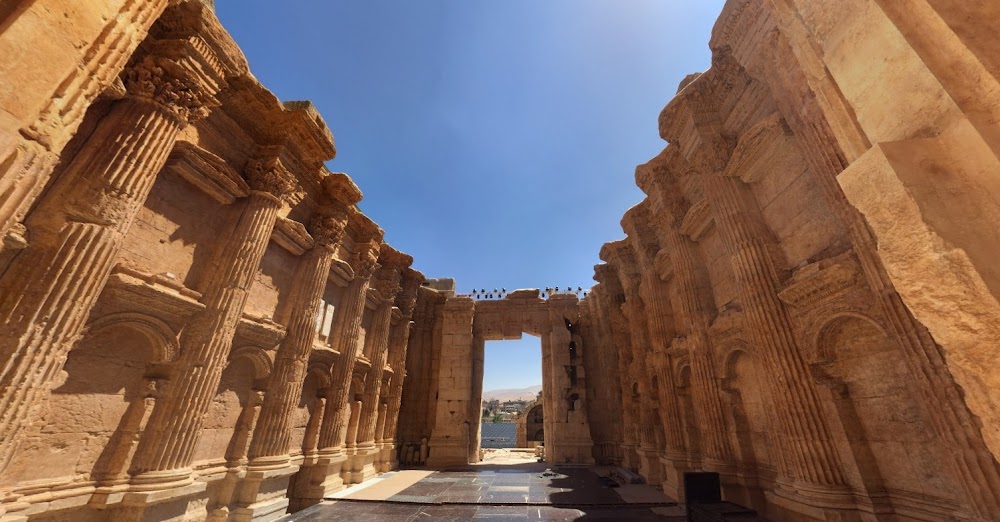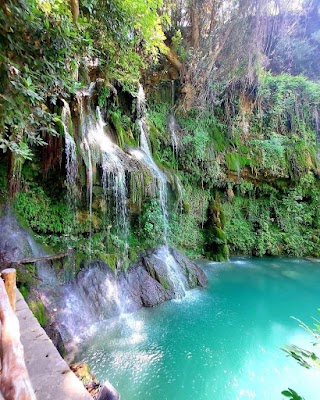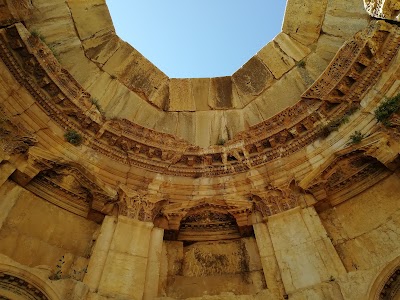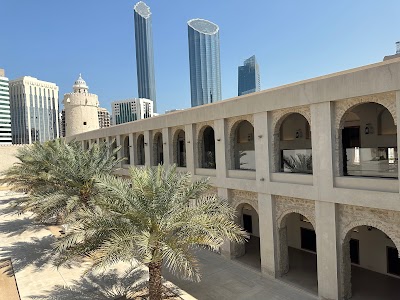Great Court of Baalbek (الباحة الكبرى لبعلبك)
Related Places
Overview
Certainly! Here’s a revised version of your travel description, structured for clarity and engagement:
---
The **Exedrae Around the Great Court of Baalbek**, nestled in the heart of Baalbek-Hermel, Lebanon, stands as a stunning testament to Roman architectural excellence. Dating back to the reign of Emperor Antoninus Pius (138–161 AD), this remarkable structure was designed to showcase the wealth, power, and artistry of its time, making it a must-visit site for history enthusiasts.
The **exedrae** themselves are semi-circular niches that line the Great Court's perimeter. These niches were not merely decorative; they served a vital role in the cultural landscape of the era. Each exedra was intended to house statues of gods, emperors, and other significant figures, creating a pantheon that reflected both divine and imperial favor. While many of these statues have succumbed to the ravages of time, fragments still reveal the intricate craftsmanship of Roman sculptors.
Crafted predominantly from locally sourced **limestone and granite**, the exedrae exemplify the Romans' engineering prowess. The stone blocks were meticulously cut and assembled without mortar, showcasing the precision of Roman techniques. Metal clamps were often employed to secure each block, ensuring the structure's stability and longevity for centuries to come.
One of the most captivating features of the exedrae is the **intricate detailing** present in their carvings and decorations. Ornate Corinthian columns grace the entrances of the niches, while elaborate friezes and moldings adorn their arches and ledges. The vaulted ceilings are adorned with intricate patterns that play with light, creating a mesmerizing interplay of shadows and highlights that enchants visitors.
The construction of this grand structure involved a substantial labor force, comprising skilled craftsmen such as stonemasons, sculptors, and architects. These artisans collaborated closely to achieve a harmonious aesthetic. Meanwhile, laborers undertook the physically demanding task of transporting massive stone blocks, utilizing levers, pulleys, and sheer human strength.
The **Great Court**, encompassing the exedrae, measures approximately 134 meters by 112 meters and served as a central hub for religious and social activities. It led directly to the **Temple of Jupiter**, further underscoring the site's sacred significance. Pilgrims and visitors would traverse the court, pausing to admire the figures in the exedrae and offering prayers or tributes.
Throughout the centuries, the Exedrae have witnessed various phases of decline and restoration. Despite suffering from earthquakes, invasions, and neglect, the resilient nature of Roman engineering has allowed much of the structure to endure. Today, archaeologists and conservators work diligently to preserve what remains and restore elements where possible.
Visiting the exedrae today offers a profound glimpse into the grandeur of the past. Although not all details of its former glory are intact, the surviving sections provide an inspiring look into Roman architectural and artistic achievements. This site remains a testament to the advanced engineering skills and artistic vision of the Romans, standing as a timeless piece of history in Lebanon.
In conclusion, the **Exedrae Around the Great Court of Baalbek** is more than just a collection of ancient ruins; it embodies the perfect blend of functionality and aesthetic beauty that defines Roman architecture. Built with precision and adorned with exquisite artistry, these niches served practical purposes while elevating the spiritual and cultural experiences of visitors. Their enduring presence captivates and inspires, marking them as a significant treasure in the historical landscape of Baalbek-Hermel, Lebanon.
---
This version maintains the informative essence of your original description while enhancing readability and engagement.


